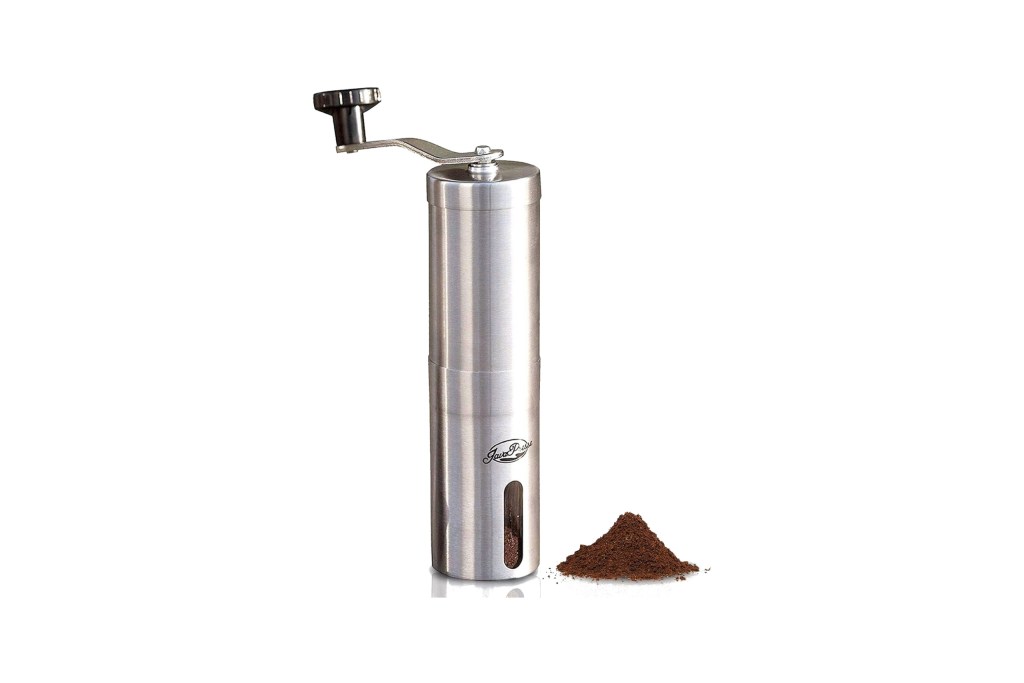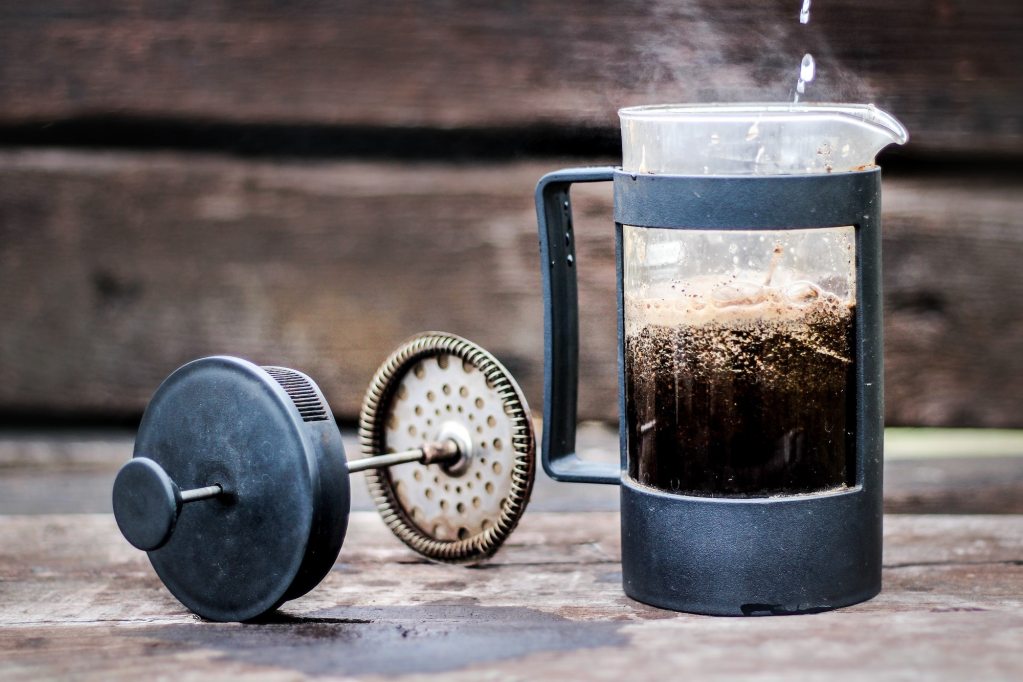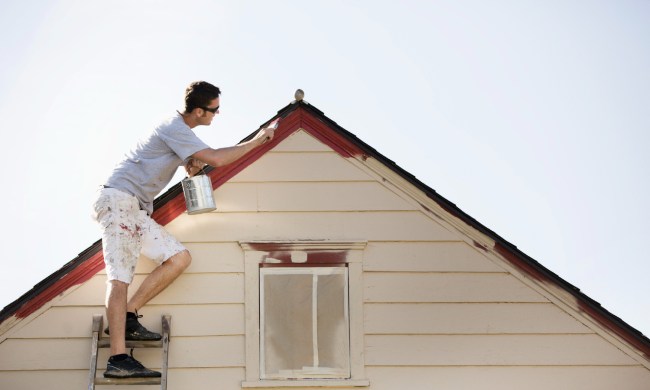Coffee aficionados agree that a French press elevates your cup of joe to a superior experience. These devices make the process of brewing your perfect cup as enjoyable as drinking it. With a French press, you release the aromas and bold flavors of your coffee. The result of this simple, satisfying morning ritual is a rich, handmade cup of coffee to kickstart your day. Awaken the senses and treat yourself to the creamiest coffee right at home with the perfect French press brewing technique.
It all starts with the best coffee beans
Whether you take your java black, cortado, or Irish, the place to begin your coffee experience is with the best beans available. To brew the perfect cup of coffee in a French press, you want to buy fresh, high-quality, whole beans. Check the roast date on the packaging, and keep the coffee in an airtight container to preserve its flavors and aromas. This will also prevent oxidation and ensure that the last batch is as fresh as the first.

Grind the beans properly
You’ll need a coffee grinder. Freshly ground beans are the way to go with coffee. Grind just enough for the amount of coffee that you plan to brew to preserve the taste and scent that you love. This also prevents oxidation and ensures that your coffee tastes delicious.
With a French press, it’s especially important to grind your own beans to choose the size of your grinds. Aim for a coarse and even ground — that’s what will work best for your French press. You’re looking for grinds that are about the consistency of breadcrumbs.
If your coffee grinds are too fine, you’ll notice that they float up through the filter. You’ll also notice little to no pressure when you push down on the press. When your grounds are too coarse, there will be too much resistance, and you will have a hard time pressing down.
How much to use
Brewing coffee is as much an art as it is a science. How you brew depends on personal taste, the flavor of your coffee beans, and the other ingredients that you may choose to add. While there’s no exact measurement to brew the perfect cup, the general guideline is to use a ration of 1:10 — for every gram of coffee, add 10 grams of water.
If you don’t have a scale, this is roughly half a cup of whole beans for about 8 cups of water. Keep in mind that a cup is equal to a 4-ounce serving.
Here is a simple guideline from All Recipes for French presses of different sizes:
- 8-cup French press = 4 cups of water + half-cup of whole beans
- 4-cup French press = 2 cups of water + one-quarter-cup of whole beans
- 2-cup French press = 1 cup of water + 2 tablespoons of whole beans
- 1-cup French press = half-cup of water + 1 tablespoon of whole beans
Water is also important
Water temperature is key when making French press coffee. Boiling it will burn your drink and will result in a bitter brew, states The Kitchn. Rather than boiling the water, it’s ideal to heat it up to a temperature of 200 degrees Fahrenheit. If you don’t have a food thermometer, simply heat your water until you see tiny bubbles forming on the bottom of the pot. This is a sign that the water is about to boil, and that is when you should turn the heat off.
Did you accidentally boil your water? Don’t sweat it; just let it sit for a minute before pouring it into your French press.
The secret is in the stir
When pouring the water, start with half the amount that you’ll use. Add the hot water in a circular motion to wet the coffee evenly. Do this until the carafe is about halfway full. Let it sit for 30 seconds or so, and then gently stir the grounds.
Next, add the rest of the water. Pour it evenly to the top of the press, and rest the lid over the water.

Patience is key
Set a timer to let your coffee brew for four minutes. We know it’s tempting to press right away, but this is the amount of time it takes for the grounds to fully release those rich and distinct flavors. Use this time to snap some pictures for your Instagram — share your barista skills with the world.
Once the four minutes have gone by, it’s time to plunge. Don’t forget to do it slowly. The slower you press, the better your coffee will taste.
Pour and enjoy
Congrats! You’ve made a delicious cup of French press coffee. Now it’s time to serve and enjoy it.
It’s important to pour all the coffee from your French press to avoid over-extraction of your grounds. If you let unused coffee sit with the grounds, they will continue to brew and will taste very bitter. Old coffee that’s stuck in the filter can also cause bitterness, so be sure to clean your French press after every use.
With these simple steps, you will enjoy the perfect cup of coffee every time, fresh off the French press. With this handy brewing system, you can tweak the recipe’s quantities, the coarseness of the grinds, or the brew time to satisfy your taste buds and make it exactly right for you.



